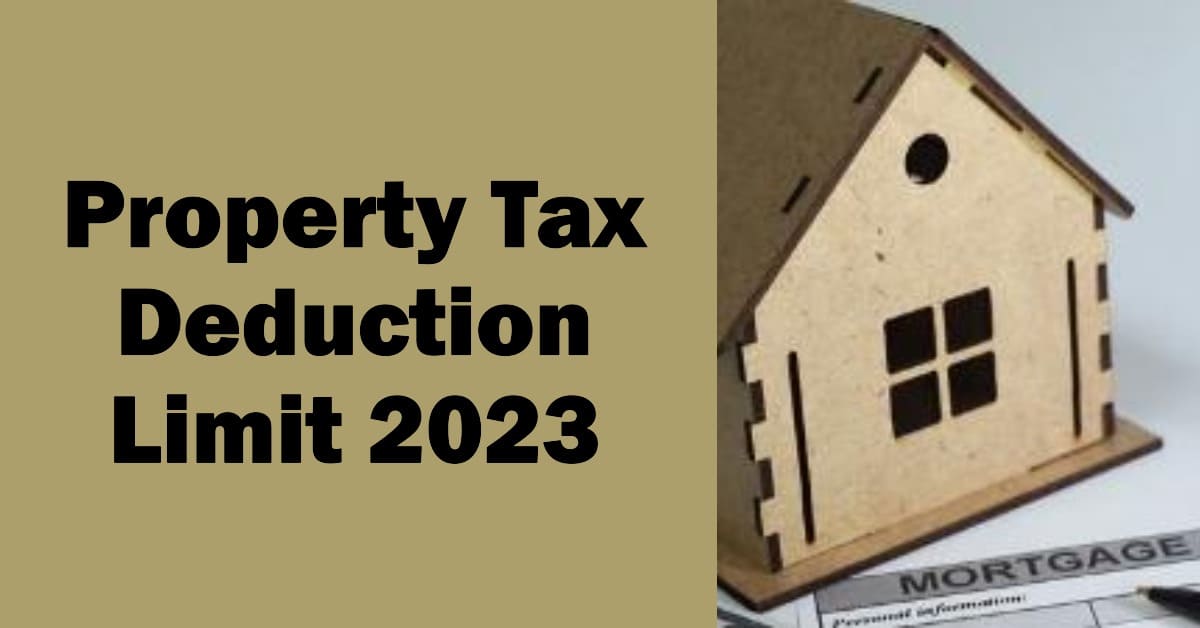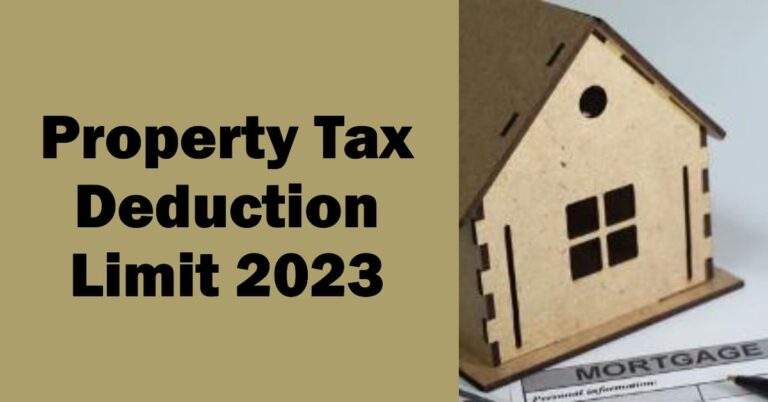
If you own a home in the United States, you may be eligible to deduct your property taxes from your federal income tax return. However, the Tax Cuts and Jobs Act of 2017 imposed a limit on the amount of state and local taxes (SALT) you can deduct, including property taxes.
This limit is $10,000 for single filers and married couples filing jointly, and $5,000 for married couples filing separately. This means that if you pay more than $10,000 ($5,000 if married separately) in total SALT, you cannot deduct the full amount of your property taxes.
This can be a problem for homeowners in high-tax states, such as New York, New Jersey, California, and Illinois, where property taxes can easily exceed the SALT cap. Some lawmakers have been pushing for relief from the SALT cap, but so far no changes have been made. Therefore, it is important to know how to maximize your property tax deduction in 2023 and beyond.
How to Maximize Your Property Tax Deduction in 2023?
Here are some tips to help you get the most out of your property tax deduction:
Pay your property taxes on time
You can only deduct the property taxes you actually paid during the tax year, not the amount you owe or accrued. Therefore, make sure you pay your property taxes by December 31st of each year to claim them on your tax return.
Itemize your deductions
You can only deduct your property taxes if you itemize your deductions on Schedule A of Form 1040. This means that your total itemized deductions must exceed the standard deduction, which is $12,950 for single filers and $25,900 for married couples filing jointly in 2023. If your itemized deductions are less than the standard deduction, you are better off taking the standard deduction and not deducting your property taxes.
Combine or separate your deductions
If you are married and file separately, you may be able to increase your property tax deduction by splitting or combining your SALT payments with your spouse.
For example, if one spouse pays more than $5,000 in SALT and the other pays less than $5,000, they may benefit from filing separately and each claiming their own SALT deduction up to the $5,000 limit. On the other hand, if both spouses pay less than $5,000 in SALT, they may benefit from filing jointly and claiming their combined SALT deduction up to the $10,000 limit.
Consider refinancing your mortgage
If you have a mortgage on your home, you may be able to deduct the interest you pay on it as well as your property taxes. However, the mortgage interest deduction is also subject to a limit of $750,000 ($375,000 if married filing separately) of mortgage debt.
If your mortgage balance exceeds this limit, you may want to consider refinancing your mortgage to lower your interest rate and reduce your interest payments. This way, you can free up some room for your property tax deduction within the SALT cap.
Plan ahead for major home improvements
If you are planning to make significant improvements to your home that will increase its value and property taxes, you may want to time them strategically to maximize your property tax deduction.
For example, if you expect to pay more than $10,000 ($5,000 if married filing separately) in SALT in 2023, you may want to postpone or accelerate some of your home improvements to 2024 or 2022, when you expect to pay less than $10,000 ($5,000 if married filing separately) in SALT.
This way, you can spread out your property tax payments over multiple years and stay within the SALT cap.
In summary, property taxes are an unavoidable expense for homeowners, but they can also provide a valuable tax break if you know how to use it wisely. By following these tips, you can maximize your property tax deduction in 2023 and save money on your federal income taxes.





